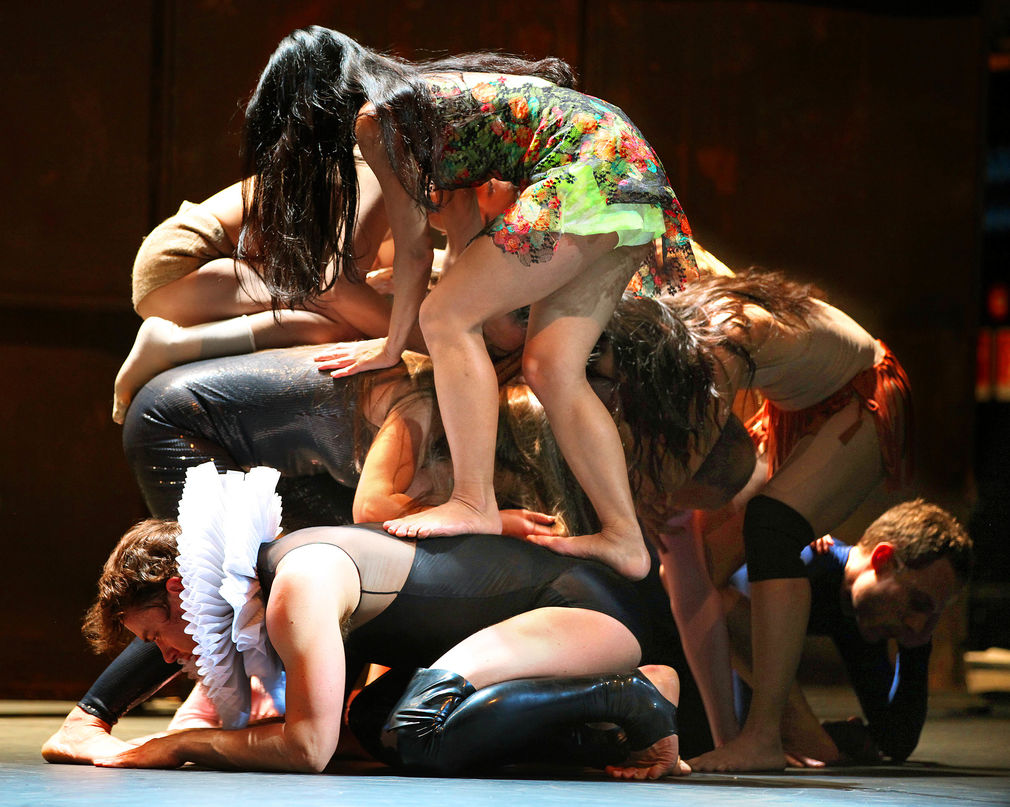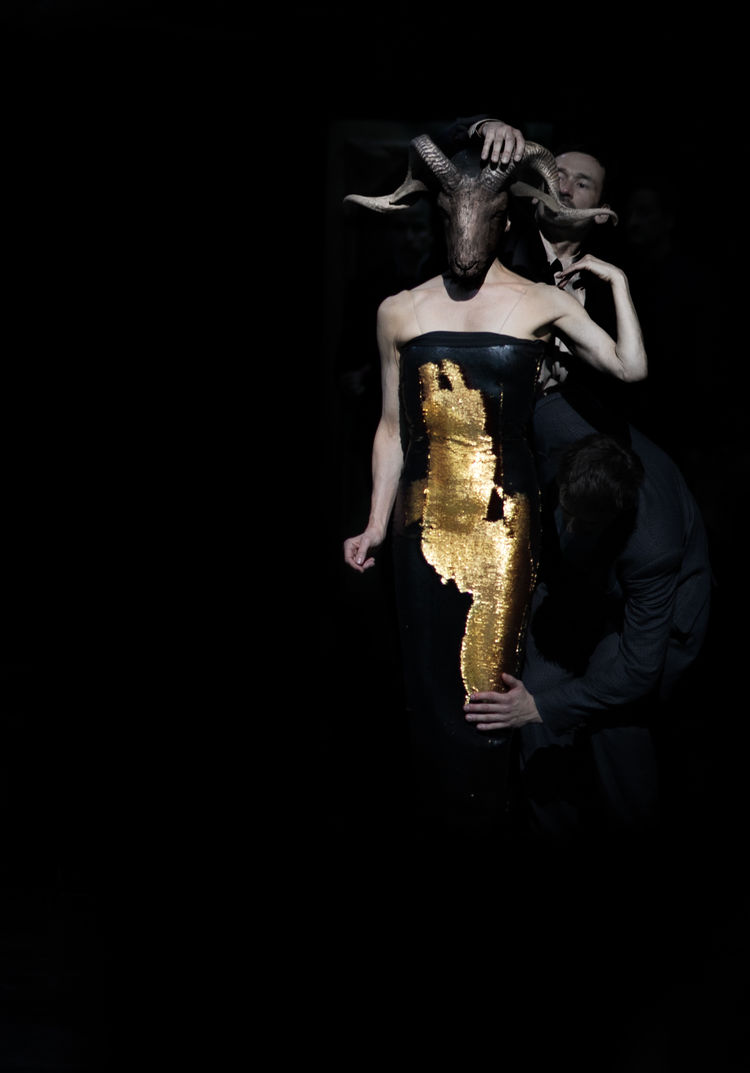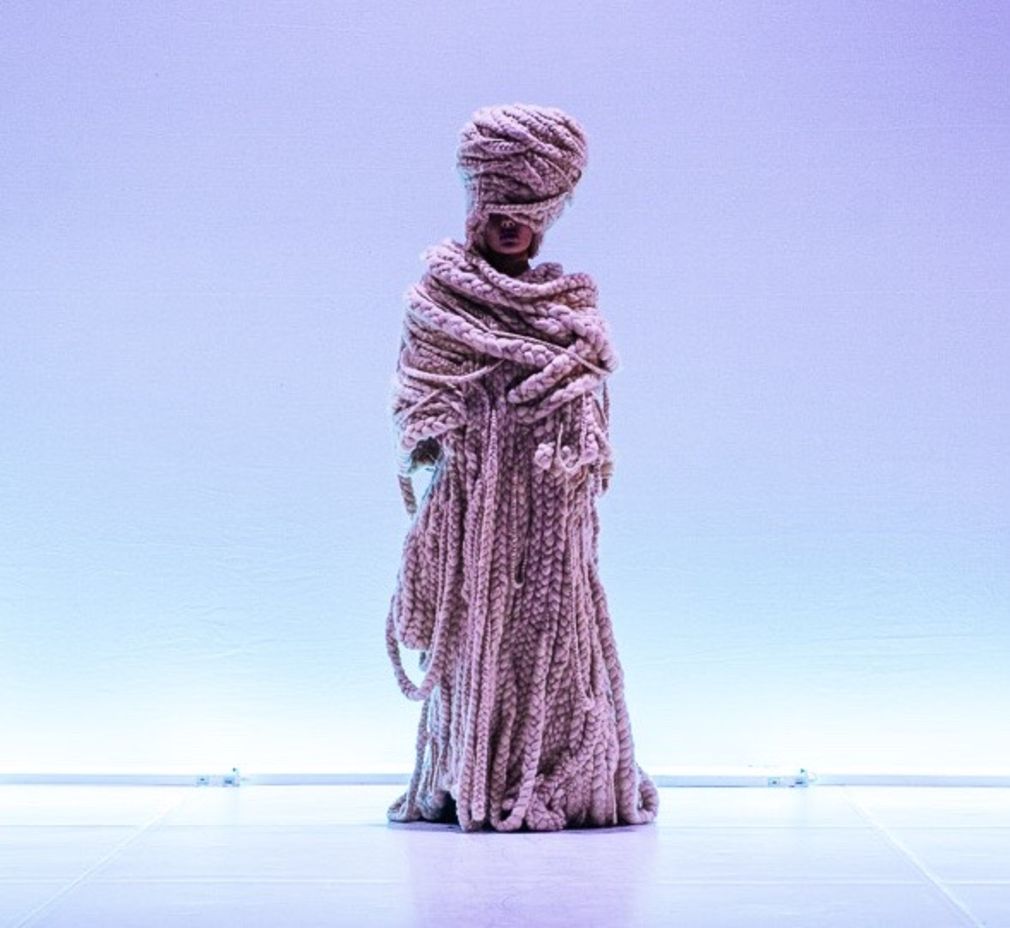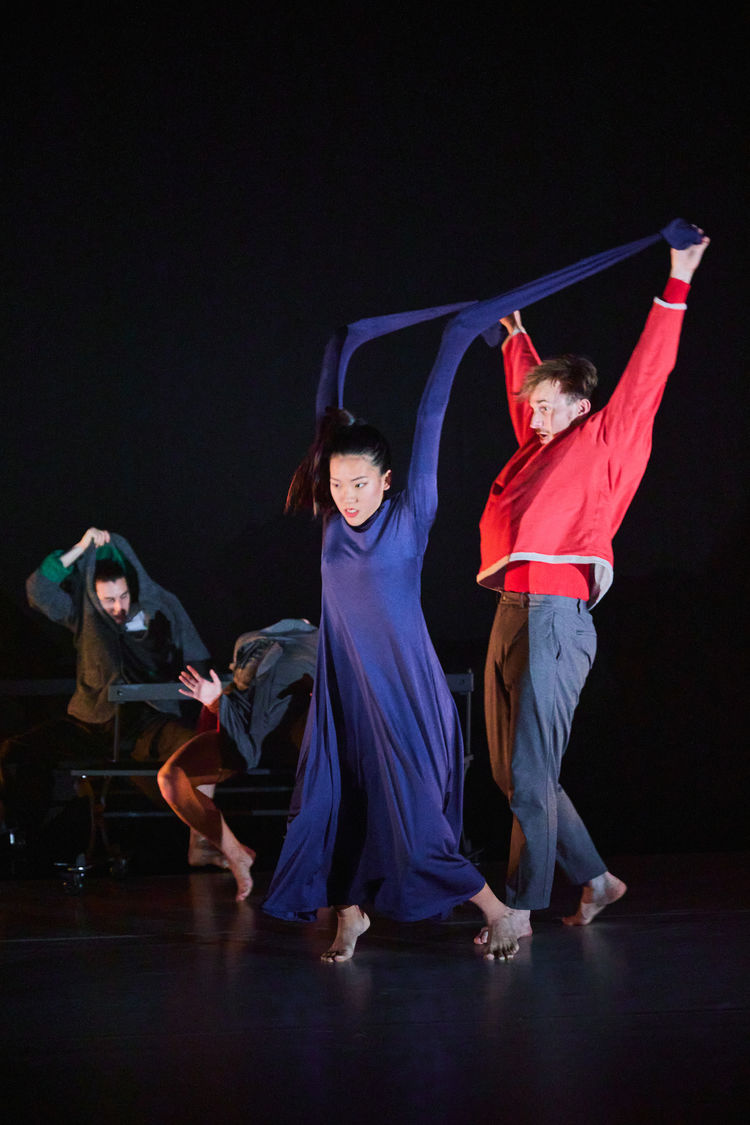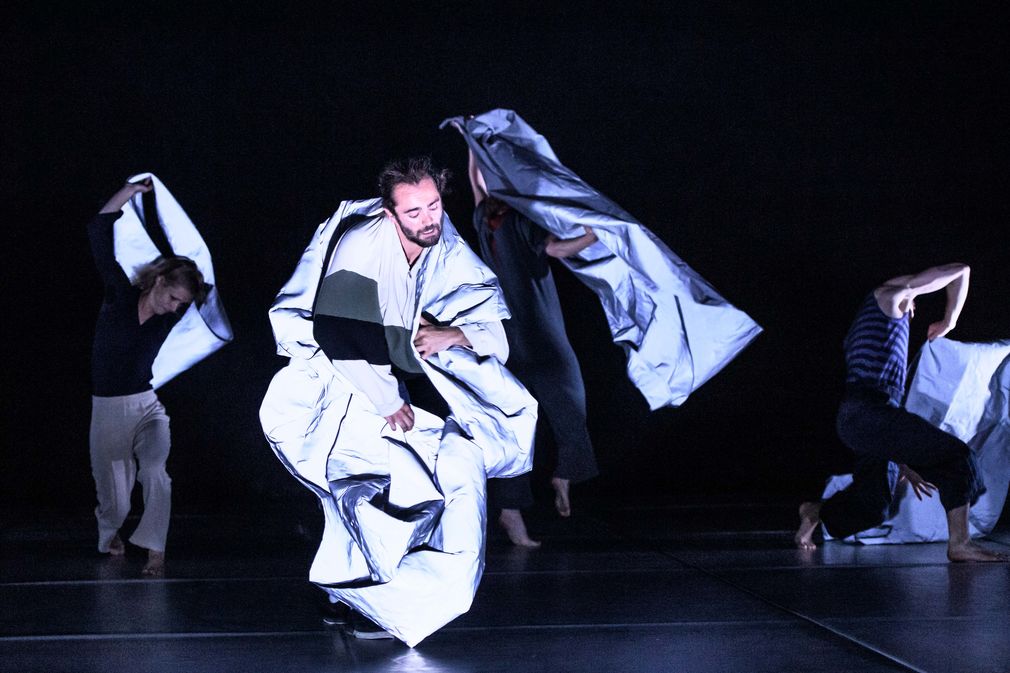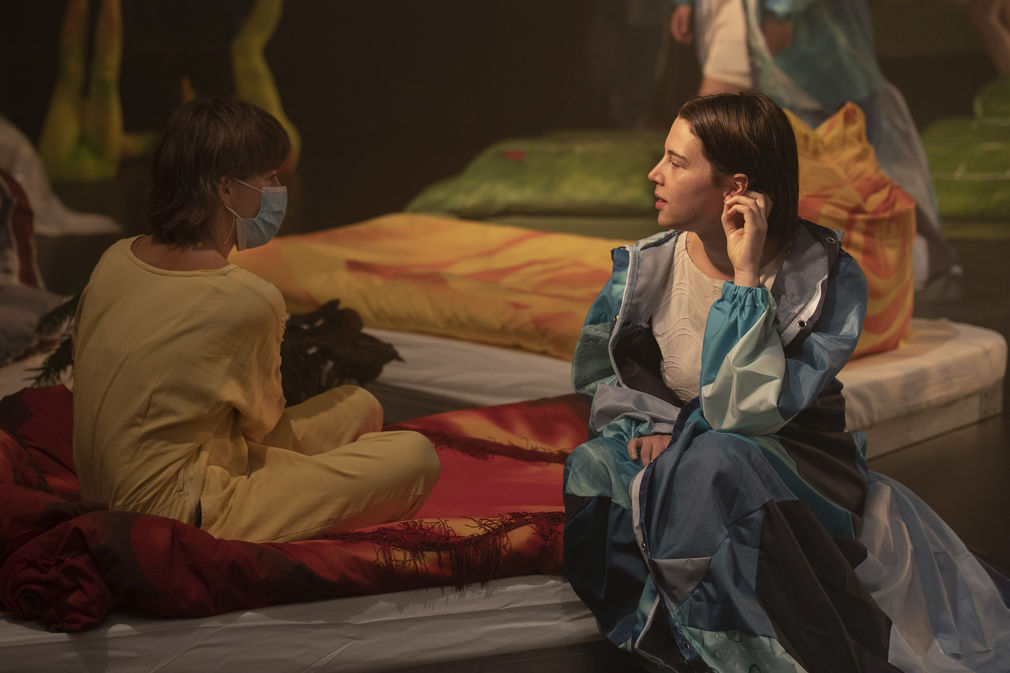Rike Zoellner
Image-costumes to costume events: the dramaturgical potential of costume interactions
Department of Art
Costumes are, sometimes more sometimes less perceptibly, always connected to the body. They shape our first impression of a performance, yet despite this central role, they receive relatively little critical attention. Often, they are examined in craft-based or historical contexts, or, as Rachel Hann notes, reduced to a “symptom of bodily representation.” However, an increasing number of contemporary scholars such as Aoife Monks, Donatella Barbieri and Christina Lindgren are studying costumes as an interdisciplinary subject that links materiality and corporeality, reflecting a growing interest in costume as a discipline that renegotiates its proximity to scenography, clothing, and even fashion.
In this context, more and more performances have emerged in which costume is treated as a starting point and a core element. Such so-called costume-led performances allow costumes to move beyond their pictorial, decorative, and disguising functions: theatrical figures are played as masquerade, bodies and/or identities remain visible and unmasked, and are provoked by the costumes. In this way, the costume becomes an autonomous performance element, repeatedly exploring and destabilizing established hierarchies between clothing, body, space, and time. Similar to the “Modekörper” (Lehnert) the costume appears as a phenomenon arising from costume objects that are materially and conceptually activated by a body within a theatrical context. This costume generates events rather than images, foregrounds processes, and thereby offers a multitude of interaction possibilities. Its connection to the body is negotiated and raises questions about identity, body images, and social roles, which in turn can take on far-reaching social and political significance. Artists such as Lia Rodrigues or Trajal Harrell derive dramaturgical impulses from individual costume events and situate them within a political context.
My dissertation defines and investigates the concept of costume dramaturgy in the contemporary context, always with reference to its predecessors: How do costume-dramaturgical processes emerge, and how can they be evaluated and situated? How can costumes communicate not only visually, but also dramaturgically utilize their multi-sensory and multidimensional power as performed, interactive elements? What significance do costume dramaturgies have as (social) practice in their wider societal contexts?
The practical part examines to what extent costume dramaturgies can co-exist with the driving force of text, and how costume-led performances thus confront the challenge of staging more than just the technical functions of costumes. (https://flabfestival.com/#undefined) .
The connection to the body is not a weakness of the costume, but its potential: it anchors contemporary costume dramaturgies in a social context and allows the costume to dramaturgically unfold its scenographic efficacy, agency, visual power, and multisensory possibilities.
Supervisor theory Prof. Dr. Christian Janecke
Supervisor practical part Prof. Heike Schuppelius
Bio
Rike Zöllner is a freelance costume designer. She trained at The Royal Welsh College of Music and Drama(MA) after a BA in Literature and Performing Arts in France. Since, she has gone on to design costumes for Opera, Theatre and Film. Her focus remains however in contemporary dance and performance, designing costumes for establishments like the Royal Opera House London, Tanztheater Wuppertal or Malmö Opera House working with choreographers such as Dimitris Papaioannou, Ben Wright, Theo Clinkard, Colette Sadler or Tim Etchells amongst others. In 2019 she was awarded as an Honorary Associate of the Royal Welsh College Of Music And Drama. Since 2022 she works as academic assistant in the art history faculty of Hochschule für Gestaltung Offenbach.
Out of the spotlight: seven of dance's hottest hidden talents
Projects
[selection]
New Piece I / Seit Sie Dimitris Papaioannou for Tanztheater Wuppertal Pina Bausch (Mitarbeit)
The Lost Thing Ben Wright, Royal Opera House and Candoco Dance Company
Hot Mess Theo Clinkard, Candoco Dance Company
Ludo Caroline Finn, NDCWales
Sarabande Sasha Amaya, Sophiensaele Berlin
Sick Bed Series Zinzi Buchanan, Fayer Koch, LOFFT Leipzig
This Bright Field Theo Clinkard, Brighton Dome Brighton Festival
Belonging by Ben Wright, Skanes Dansteater at Malmö Opera House
Ritualia Colette Sadler, Scottish Dance Theatre
Wild Thoughts, Andrea Costanzo Martini, NDCWales
Across The Souvenirs Alesandra Seutin, Dance Umbrella London
Neue Stücke 2015 by Tim Etchells, Theo Clinkard and Francois Chaignaud & Cecilia Bengolea, Tanztheater Wuppertal Pina Bausch
Furl Eleesha Drennan, National Youth Dance Wales
Tablemanners Tony Adigun, AvantGarde Dance
Alice In Wonderland Corinna Jarosch, Operahouse Wuppertal
